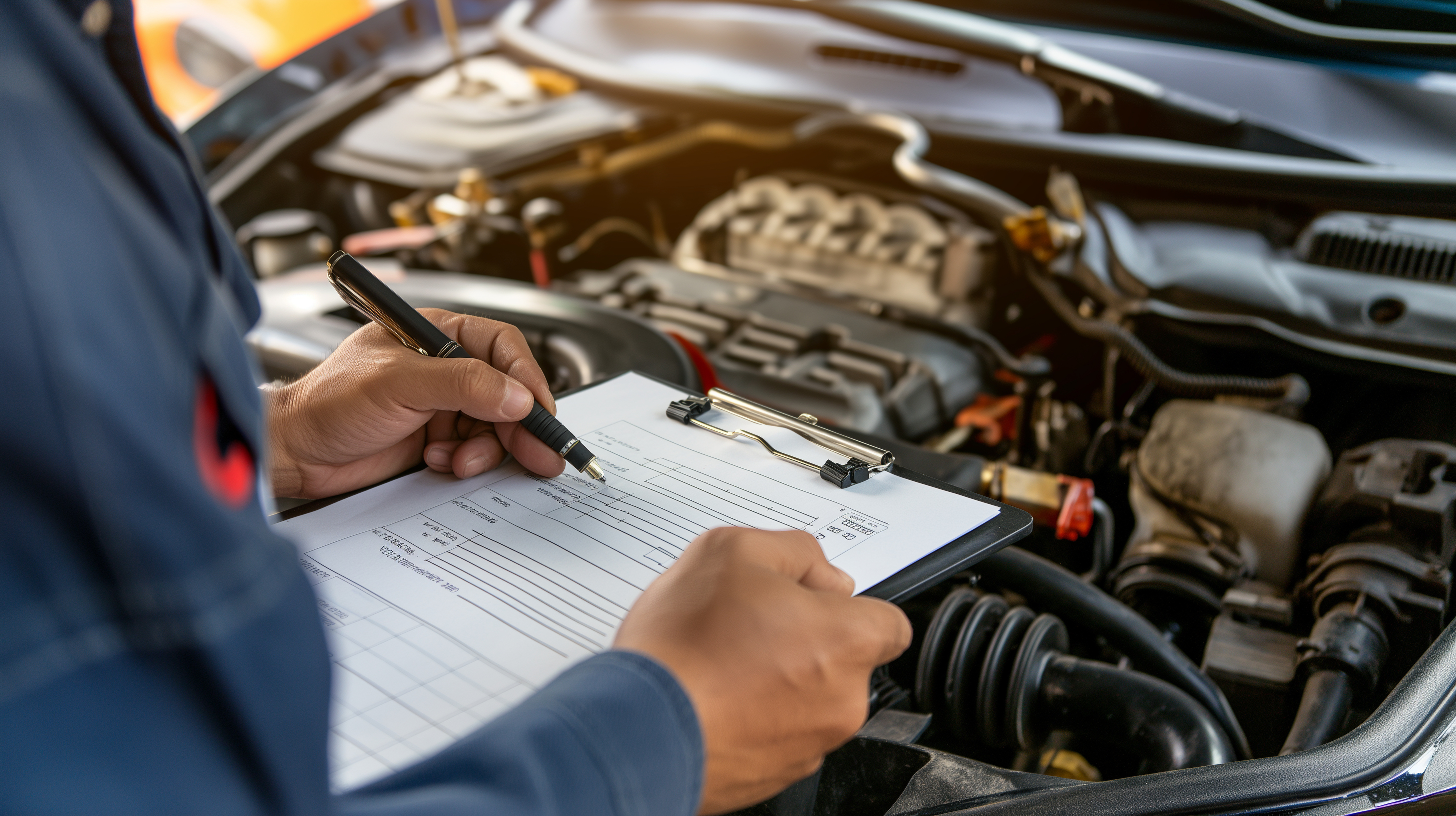

Maintaining your belts and hoses is crucial for ensuring your vehicle’s longevity and reliability. These components are often overlooked, yet they play vital roles in the proper functioning of your car’s engine, cooling system, and various other critical systems. Neglecting their upkeep can lead to costly repairs, unexpected breakdowns, and even safety hazards on the road. In this month’s blog post, we examine your belts and hoses and provide you with tips on how to keep them properly maintained.
Types of Belts and Hoses
Belts:
- Serpentine Belt: This belt drives multiple peripheral devices in the engine, such as the alternator, power steering pump, water pump, and air conditioning compressor.
- Timing Belt: This belt ensures the synchronization of the engine’s camshaft and crankshaft, allowing the engine’s valves to open and close at the correct times during each cylinder’s intake and exhaust strokes.
Hoses:
- Radiator Hose: Transports coolant between the engine and the radiator.
- Heater Hose: Carries coolant to the heater core to provide heat to the cabin.
- Fuel Hose: Delivers fuel from the tank to the engine.
- Brake Hose: Transfers brake fluid to the brake calipers.
- Power Steering Hose: Carries power steering fluid to the steering gear.
Common Issues with Belts and Hoses
Belts and hoses are susceptible to wear and tear over time, which can result in failure of these important components. Below are some of the common issues you may experience with your belts and hoses.
Belts:
- Cracking and Fraying: Over time, belts can develop cracks or fray due to wear and tear.
- Glazing: A shiny or glazed appearance on the belt indicates it is slipping and not providing adequate grip.
- Squealing Noises: A high-pitched squeal when starting the engine or during operation can indicate a loose or worn-out belt.
Hoses:
- Leaks: Puddles under your vehicle can signal a leak from a damaged hose, such as the radiator or power steering hose. For example, if your coolant hose has a leak, your engine may overheat due to the lack of coolant protecting the engine.
- Bulging or Soft Spots: Hoses can develop weak spots that bulge or feel soft to the touch, indicating they are close to failure.
- Cracks and Splits: Visible cracks or splits in hoses can lead to leaks and loss of fluid.
Maintenance Tips to Extend the Life of Belts and Hoses
- Regular Inspections: Have your belts and hoses checked for signs of wear, such as cracks, fraying, or glazing. Inspect hoses for leaks, bulges, or soft spots. Include a belt and hose inspection as part of your ongoing maintenance schedule.
- Follow Manufacturer Recommendations: Adhere to the maintenance schedule outlined in your vehicle’s owner manual.
- Proper Tension: Ensure belts are properly tensioned. If the belt is too tight, it may result in wear to the belt, while a loose belt may slip and cause further issues with engine components.
- Replace When Necessary: Do not wait for a belt or hose to fail completely. Have them replaced at the first sign of trouble.
By following these maintenance tips, you can help ensure your vehicle’s belts and hoses remain in good condition, preventing unexpected breakdowns and costly repairs. If you would like your belts and hoses to be inspected, contact the service professionals at Colonial Service Station to schedule an appointment.
